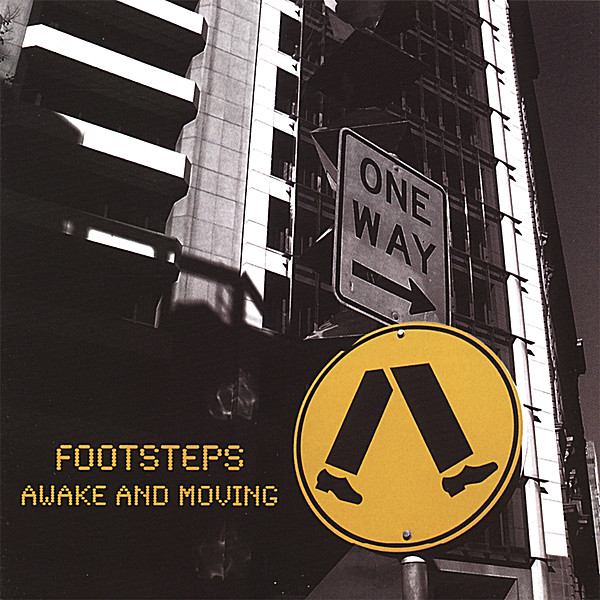
description
ls examines the motives and terrors of war during the Middle Ages, the rise and fall of ethnic and religious groups, and the actions of good and evil military leaders during this violent and colorful period. In this sweeping chronicle, historical figures and major campaigns such as Charlemagne, the Magyars, and the Crusades are presented not as icons but as a living part of their times, with all their achievements and human failures. Santosuosso asserts that war, for most of the Middle Ages, was carried out for God, personal gain, and honor. Both Christians and Muslims often explained their acts of violence in war as the will of God. Besides the religious motivation, soldiers, if upper class, believed that acts of bravery were a necessary aspect of gaining honor in society. Finally, war constituted a way to make material gains in a period of chronic underemployment and low prosperity. Particular emphasis is given to massive transitions from one period to the next in the medieval era. The author explains how these changes reflected an environment where charismatic leaders, the Church, and the aristocracy played leading roles as "managers" of the art and practice of war and normally as main actors on the battlefield.
member goods
No member items were found under this heading.
Return Policy
All sales are final
Shipping
No special shipping considerations available.
Shipping fees determined at checkout.







